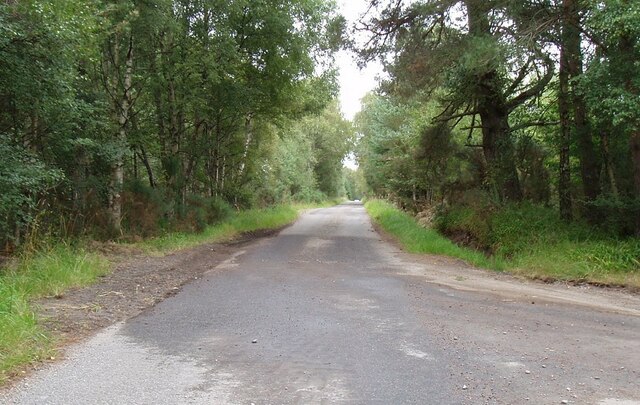Achindown
Settlement in Nairnshire
Scotland
Achindown

Achindown is a small village situated in the county of Nairnshire, Scotland. Nestled amidst picturesque landscapes and surrounded by stunning natural beauty, this rural settlement offers a tranquil and idyllic retreat for residents and visitors alike.
The village is located approximately 4 miles southeast of the town of Nairn, making it easily accessible for those seeking a peaceful countryside experience while still being within close proximity to amenities. The surrounding area is characterized by rolling hills, lush green fields, and charming woodlands, providing ample opportunities for outdoor activities such as hiking, cycling, and nature walks.
Achindown itself is a close-knit community, with a population of around 200 residents. The village boasts a small but friendly local pub, where locals and visitors can gather for a pint and engage in lively conversations. Additionally, there are a few local shops and services that cater to the needs of the community.
Historically, Achindown has strong ties to agriculture, with farming playing a significant role in the local economy. The village is known for its fertile soil, which supports the growth of various crops and the grazing of livestock.
For those interested in exploring the region further, Achindown serves as an excellent base for discovering nearby attractions. Visitors can take a short drive to the historic Cawdor Castle or enjoy a day trip to the renowned Loch Ness, famous for its mythical creature, the Loch Ness Monster.
Overall, Achindown offers a serene and close-knit community, surrounded by breathtaking natural landscapes, making it an ideal destination for those seeking tranquility and a connection with nature in the heart of Nairnshire.
If you have any feedback on the listing, please let us know in the comments section below.
Achindown Images
Images are sourced within 2km of 57.507089/-3.9388437 or Grid Reference NH8347. Thanks to Geograph Open Source API. All images are credited.





Achindown is located at Grid Ref: NH8347 (Lat: 57.507089, Lng: -3.9388437)
Unitary Authority: Highland
Police Authority: Highlands and Islands
What 3 Words
///throat.reinforce.newer. Near Nairn, Highland
Nearby Locations
Related Wikis
Cawdor
Cawdor (Scottish Gaelic: Caladair) is a village and parish in the Highland council area, Scotland. The village is 5 miles (8 kilometres) south-southwest...
Dun Evan
Dun Evan or the Doune of Cawdor is a hill fort located 2.5 kilometres (1.6 mi) south west of Cawdor in the Highland area of Scotland. It is situated on...
Cawdor Castle
Cawdor Castle is a castle in the parish of Cawdor in Nairnshire, Scotland. It is built around a 15th-century tower house, with substantial additions in...
Cawdor (Roman fort)
Cawdor (Roman Fort), located near the small village of Easter Galcantray (15 miles or 24 kilometres east of Inverness), is suspected of being one of the...
Nearby Amenities
Located within 500m of 57.507089,-3.9388437Have you been to Achindown?
Leave your review of Achindown below (or comments, questions and feedback).













